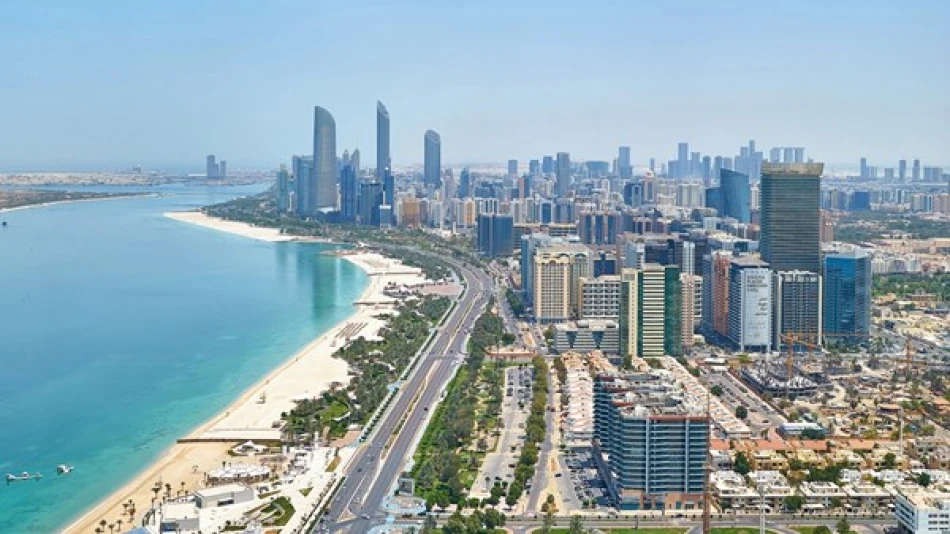
Discover the UAE's Weather Forecast for Tomorrow: Prepare for the Day Ahead
UAE Braces for Afternoon Thunderstorms as Dust-Laden Winds Signal Weather Pattern Shift
The UAE's National Center of Meteorology forecasts a dynamic weather day ahead, with clear morning skies giving way to potential thunderstorms in eastern regions by afternoon. The shifting wind patterns—from southeastern to northwestern—combined with dust activity and cumulus cloud formation, reflect the country's transitional weather patterns that significantly impact aviation, construction, and outdoor industries across the Emirates.
Eastern Regions Face Afternoon Storm Risk
Tomorrow's weather will begin with clear to partly cloudy conditions before atmospheric instability develops in the eastern emirates. The National Center of Meteorology predicts cumulus cloud formation in eastern areas during afternoon hours, with accompanying rainfall likely. This pattern is typical of the UAE's geography, where the Hajar Mountains in the east create orographic lifting that triggers afternoon thunderstorms, particularly during transitional seasons.
The eastern focus of storm activity suggests that emirates like Fujairah, Ras Al Khaimah, and parts of Sharjah may experience the most significant weather impacts, while western regions including Abu Dhabi and Dubai are likely to see less precipitation.
Wind Patterns Signal Atmospheric Transition
A notable shift in wind direction from southeastern to northwestern indicates a weather front moving through the region. Wind speeds will range from light to moderate at 10-25 km/h, with occasional gusts reaching 40 km/h during daylight hours. These stronger gusts will likely generate dust activity, reducing visibility and affecting air quality—a common concern for the UAE's outdoor workforce and residents with respiratory sensitivities.
Maritime Conditions Remain Favorable
Both the Arabian Gulf and Sea of Oman will experience light wave conditions, providing favorable conditions for maritime activities. The detailed tidal information indicates well-predicted sea states, with the Arabian Gulf seeing high tides at 16:56 and 03:43, while the Sea of Oman experiences peaks at 12:50 and 00:57.
Economic and Operational Implications
The forecast carries significant implications for the UAE's key economic sectors. Aviation operations at Dubai International Airport and other major hubs may face delays due to dust activity and afternoon thunderstorms. The construction industry, which employs hundreds of thousands of workers, will need to adjust schedules around the afternoon storm risk and dust conditions.
The UAE's robust meteorological forecasting reflects the country's investment in weather infrastructure—crucial for a nation where outdoor activities, tourism, and major industries depend heavily on weather conditions. Unlike many regional neighbors, the UAE's detailed maritime forecasts support its position as a major shipping and logistics hub.
Seasonal Context and Regional Patterns
This weather pattern aligns with the UAE's transitional seasons, when contrasting air masses create unstable conditions. The eastern mountain regions consistently experience more precipitation than coastal areas, a phenomenon that has influenced the country's water management strategies and agricultural development in places like Al Ain.
The dust activity, while temporarily disruptive, plays a role in the broader regional climate system. Similar patterns affect neighboring Gulf states, though the UAE's diverse topography—from coastal plains to mountainous terrain—creates more varied local weather conditions than seen in countries like Qatar or Bahrain.
Most Viewed News

 Layla Al Mansoori
Layla Al Mansoori






